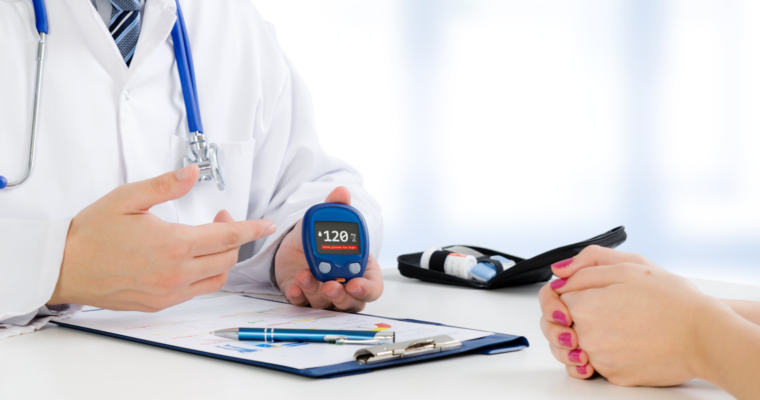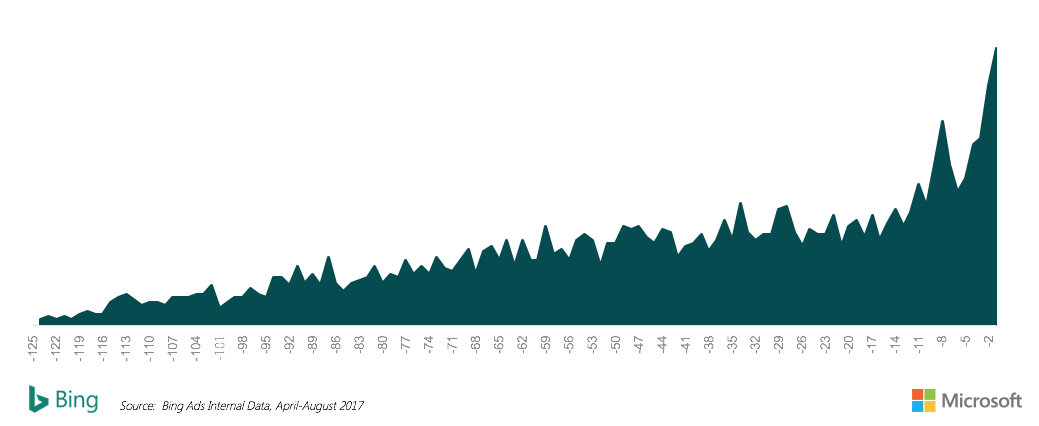
 ‘ );
‘ );
h3_html = ‘
‘+cat_head_params.sponsor.headline+’
‘;
cta = ‘‘+cat_head_params.cta_text.text+’→‘
atext = ‘
‘+cat_head_params.sponsor_text+’
‘;
scdetails = scheader.getElementsByClassName( ‘scdetails’ );
sappendHtml( scdetails[0], h3_html );
sappendHtml( scdetails[0], atext );
sappendHtml( scdetails[0], cta );
// logo
sappendHtml( scheader, ” );
sc_logo = scheader.getElementsByClassName( ‘sc-logo’ );
logo_html = ”;
sappendHtml( sc_logo[0], logo_html );
sappendHtml( scheader, ” );
if(“undefined”!=typeof __gaTracker){
__gaTracker(‘create’, ‘UA-1465708-12’, ‘auto’, ‘tkTracker’);
__gaTracker(‘tkTracker.set’, ‘dimension1’, window.location.href );
__gaTracker(‘tkTracker.set’, ‘dimension2’, ‘paid-search’ );
__gaTracker(‘tkTracker.set’, ‘contentGroup1’, ‘paid-search’ );
__gaTracker(‘tkTracker.send’, { ‘hitType’: ‘pageview’, ‘page’: cat_head_params.logo_url, ‘title’: cat_head_params.sponsor.headline, ‘sessionControl’: ‘start’ });
slinks = scheader.getElementsByTagName( “a” );
sadd_event( slinks, ‘click’, spons_track );
}
} // endif cat_head_params.sponsor_logo
In just seven years, 15 percent of the total U.S. population will have diabetes.
That’s 51 million people – a massive number by any measure.
How can pharmaceutical companies engage with these patients?
Today we’ll look at three key touchpoints to help answer this question.
Industry Touchpoints
Pharmaceutical and healthcare brands are on pace to spend $3.06 billion on digital advertising alone in 2018.
This stat should serve as a wake-up call to diabetes healthcare marketers: the competition is fierce in this market.
Standing out among a crowded field will require two things: ingenuity and a sizeable budget.
In 2017, paid search marketing – an important part of your digital marketing strategy – accounted for 41.4 percent of all pharmaceutical digital ad spend.
This is no accident.
Search is a key source of information for people.
Showing up at the right moment, as a searcher is learning about symptoms and treatment, positions you to be the source they turn to.
In this way, paid search becomes a brand effort.
The Role of Search
People turn to search for everything.
- What’s my doctor’s address?
- What are the most common symptoms of diabetes?
- Where is the nearest pharmacy?
Search shows up across the diabetes patient journey, from searches for educational resources and information on conditions, diseases and symptoms, to searches signifying high intent on specific diabetes pharmaceutical brand names.
Bing Ads internal data reports this significant snapshot about the diabetes patient:
- Most searches on diabetes-related terms take place on Wednesday, and drops dramatically over the weekend. Optimize your paid search targeting by day and time, and bid boost for Wednesdays
- 55 percent of searches come from affluent searchers aged 50+. This is a market that can afford what you’re advertising. Which would justify a higher bid on the most valuable terms.
- 62 percent of searches come from females. Two ways to take advantage of this information.
- Use a segment of your budget to target only women.
- Write ad copy that speaks to women.
- 52 percent of all diabetes keyword clicks happen on mobile. When combined with the earlier stat, that these searchers are aged 50+, you can start to build a picture of this savvy patient.
Fresh Thinking for Paid Search Marketing for Diabetes Patients
Bing Ads conducted research on the diabetes patient search behavior over a four-month period and uncovered some things worth your attention:


1. The average diabetes digital consumer journey lasted 42.4 days, with activity increasing steadily throughout (see graph above)
What does this tell us?
That a chronic condition search journey takes a long time to culminate in a purchase or action.
Diabetes marketers have the benefit of year-round interest, and the responsibility of keeping budgets steady across time to meet the consistent interest.
2. There are 5 moments in the diabetes search journey path
- Condition research. “What does type 2 diabetes mean?”
- Symptoms. “Diabetes symptoms”
- Treatment. “Treatment for type 2 diabetes”
- Side effects. “Side effects for x medication”
- Ongoing support. “Financial support for (diabetes brand) medication” and “support groups for type 2 diabetes”
A marketing strategy designed to reach the diabetes patient would analyze each of these search moments and create a campaign for each that is specific to the intent of the searcher.
This means each search moment gets its own keywords, its own ad copy, and its own targeting strategy.
Then fine-tune within those campaigns, rather than trying to hit a general diabetes search without regard to intent.
3. Non-brand terms are clicked more often earlier in the diabetes patient search journey, and brand terms got most of the last clicks (the conversion) in the journey
This is important news for brands.
But to build brand awareness – so yours is the one that gets the click instead of your competitor – you need to be showing up with helpful, educational information when that’s what’s needed.
Summary
Pharmaceutical advertisers have a tremendous opportunity – and responsibility – with diabetes patients.
Providing authentically helpful information for each of the five search moments will support brand awareness and earn the clicks at the right time.
Patience, a long-term view, and robust keyword bidding will lead to successful paid search campaigns as a key part of your digital marketing strategy.
More Resources:
- 10 Most Important PPC Trends You Need to Know in 2019
- 10 Paid Search PPC Best Practices for 2019
- 6 Growth Marketing Best Practices for Higher SEM Profitability
Image Credits
Screenshot taken by author, December 2018
Subscribe to SEJ
Get our daily newsletter from SEJ’s Founder Loren Baker about the latest news in the industry!

